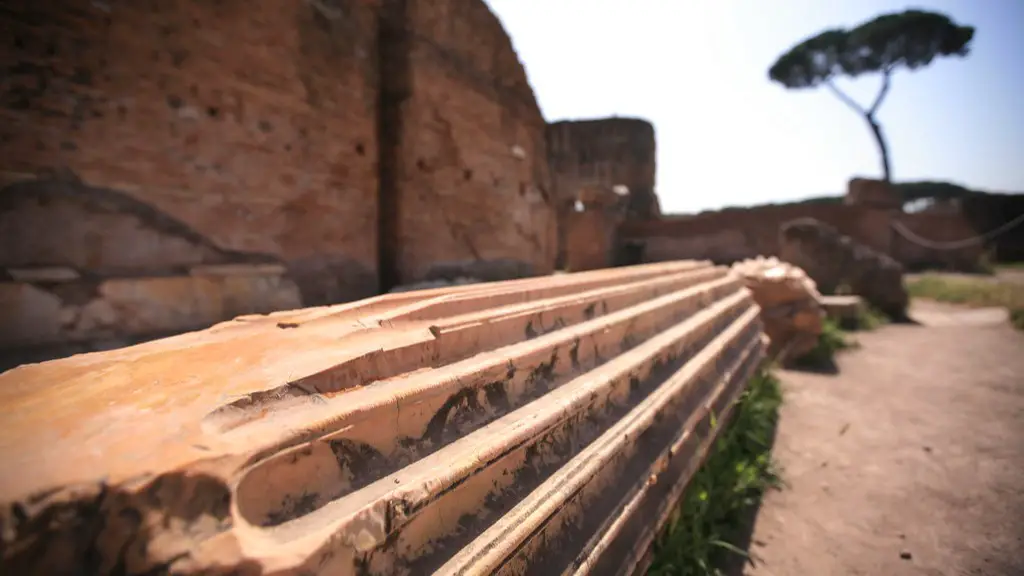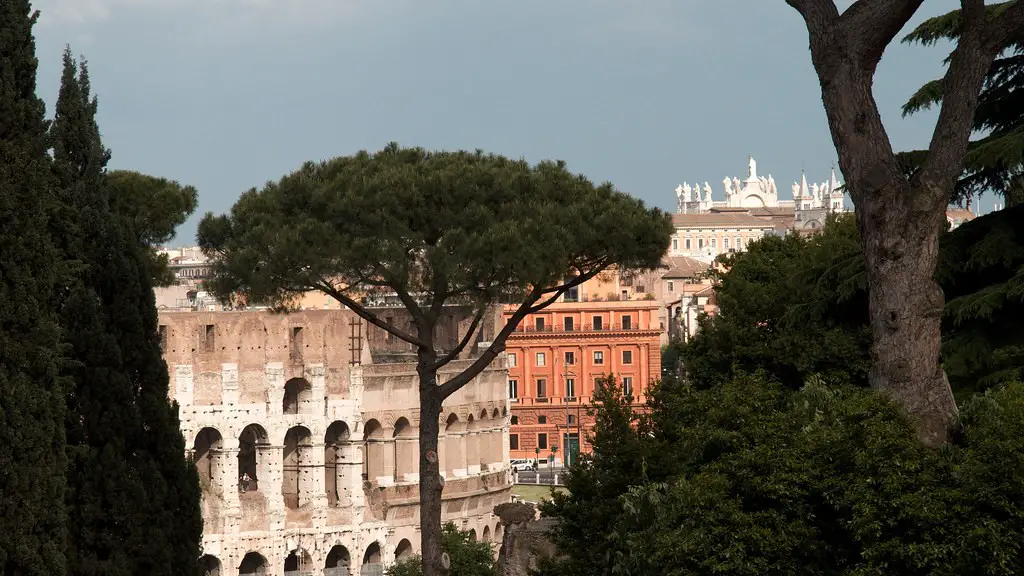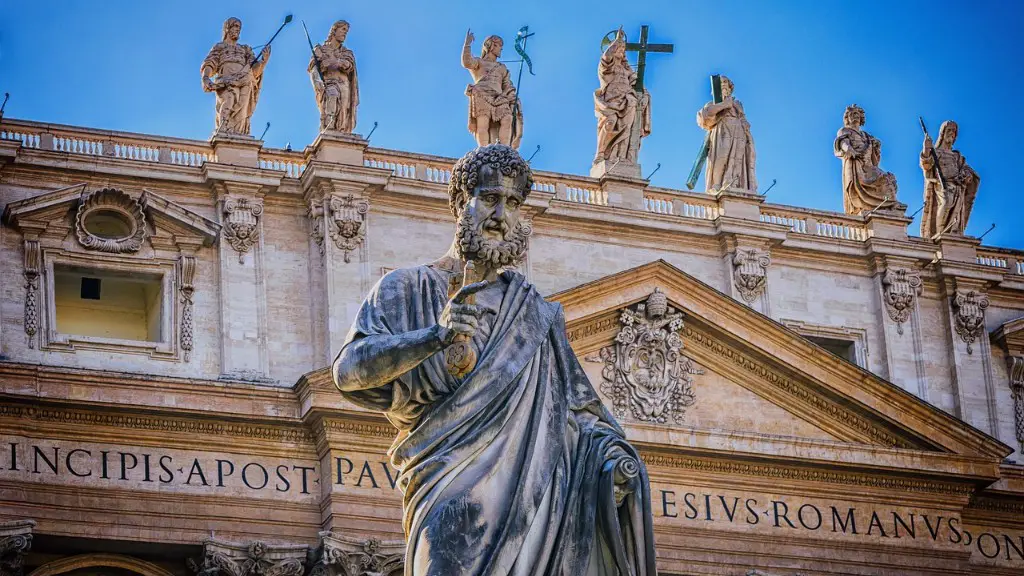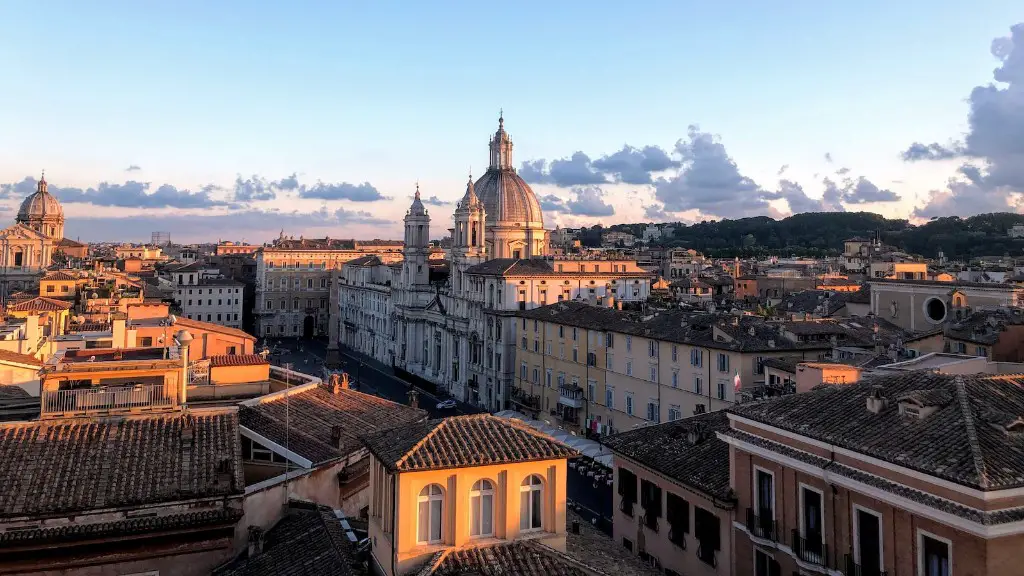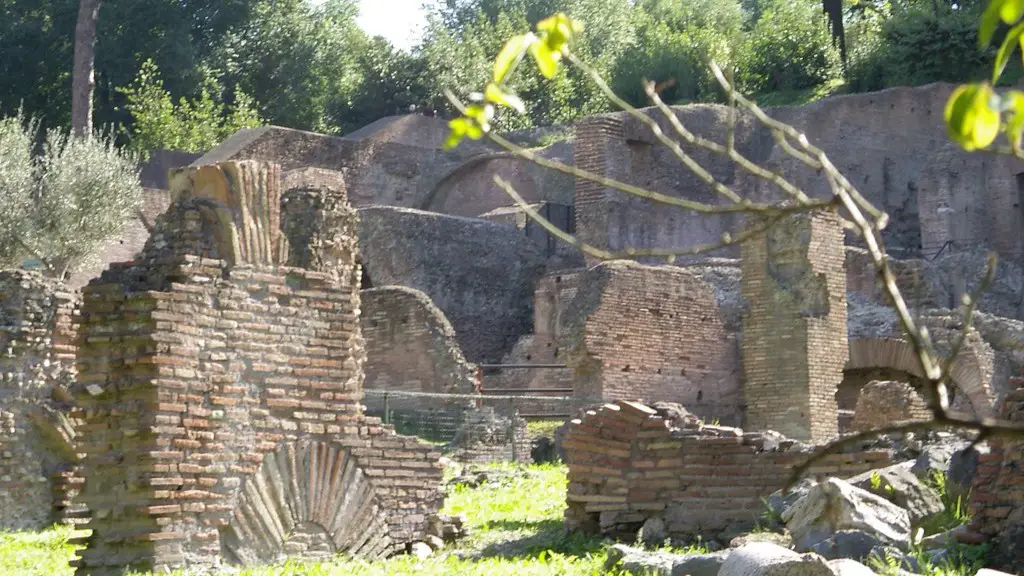The Colosseum in Rome was the site of some of the most famous gladiator battles in history. The arena could seat up to 50,000 spectators who would come to watch the deadly combat between the gladiators. These battles were often to the death, and the bloodshed and violence was a huge part of the entertainment.
Gladiators fought in ancient Rome in special arenas called amphitheaters.
Where did gladiators fight before the Colosseum?
The Circus Maximus was the primary venue for gladiatorial fights in Rome before the construction of the Colosseum. The Circus was a large oval arena located in the valley between the Aventine and Palatine hills, with seating for around 150,000 spectators. Fights were sometimes also held in the Forum, which was the main public square in Rome.
A gladiator was an armed combatant who entertained audiences in the Roman Republic and Roman Empire in violent confrontations with other gladiators, wild animals, and condemned criminals. Gladiators were typically slaves, prisoners of war, or condemned criminals who were trained to fight in arenas for the amusement of crowds of spectators.
Where was the first gladiator fight
In ancient Rome, gladiatorial struggles appeared for the first time probably in the year 264 BCE. At the time, at the funeral of senator Decimius Junius Brutus Pera, which took place at the Forum Boarium, six warriors (three clashes) fought to commemorate the deceased.
The word “arena” has a long history associated with combat and bloodshed. The Latin word “arena” literally means “sand”, because the stage where gladiators fought was covered by a thin layer of sand. This sand was used to absorb the blood of the fallen combatants. Today, the word “arena” conjures images of sports or musical events, but it is important to remember its bloody origins.
What is biggest gladiator arena?
The Flavian Amphitheatre in Rome, more generally known as the Colosseum, is the archetypal and the largest amphitheatre ever built in the Roman Empire. It is considered one of the greatest works of Roman architecture and engineering. The Colosseum is elliptical in shape and is constructed of concrete and stone. It has a seating capacity of around 50,000 people and is used for a variety of events such as gladiatorial contests, public spectacles, theatre, and public executions.
The “sport” of gladiatorial combat was appallingly brutal, and many gladiators faced the arena with fear and trembling. This was especially true for those who were assigned to fight against wild animals. On one occasion, 20 gladiators committed group suicide, killing one another one by one, rather than enter the arena.
Who was the greatest gladiator in Rome?
Spartacus is one of the most famous Roman gladiators, known for his strength and skills in combat. He was originally a slave, but was put through gladiator training school and became a master fighter. When he and 78 others revolted against their master, Batiatus, they did so using only kitchen knives. Spartacus has become a symbol of rebellion and strength, and his story is an inspiring one.
The vanquished gladiator was less fortunate. If he had fought well and displayed courage, the crowd might spare his life by waving their handkerchiefs. The editor, seated in his balcony overlooking the arena, would decide whether to give the thumbs-up sign or the thumbs-down sign. The Thumbs Down meant death. The fallen gladiator would be dispatch with a blow to the back of the neck from his opponent’s trident.
How many people died at the Coliseum
It is impossible to know with certainty how many people died in the Colosseum, but it is believed that as many as 400,000 people, including gladiators, slaves, convicts, prisoners, and other entertainers, perished in the Colosseum over the 350 or so years during which it was used for human bloodsports and spectacles.
The Colosseum is a large amphitheater in Rome, Italy. It is one of the most popular tourist attractions in Rome. The Colosseum was built during the reign of the Flavian emperors as a gift to the Roman people. The Colosseum was used for events such as gladiatorial games, public speeches, and other entertainment events.
Who was the most successful gladiator?
Flamma was a Syrian-born gladiator who rose to fame under the reign of Emperor Hadrian. He is best known for the length of his career and for being awarded his freedom four times. He finished an impressive 34 matches, mostly in Sicily.
The gladiatorial games were ancient Roman sporting events in which contestants fought to the death in front of a large audience. They were officially banned by Constantine in 325 CE. Constantine, considered the first “Christian” emperor, banned the games on the vague grounds that they had no place “in a time of civil and domestic peace” (Cod.Th.14.5.1). This theory is supported by the fact that the last recorded gladiatorial games were held in 315 CE, just a few years before Constantine’s edict. It is possible that Constantine’s true motivation for banning the games was less about morality and more about currying favor with the growing Christian population, who saw the games as barbaric. Whatever Constantine’s motives, the ban on gladiatorial games marked the end of a centuries-old tradition.
What is a gladiator arena called
The Coliseum was the site of gladiatorial contests in Rome. It was a huge stadium that first opened in 80 CE and was located in the middle of the city. The Coliseum was circular in shape with three levels of arches around the outside. In height, the Coliseum was as tall as a modern 12-story building; it held 50,000 spectators.
The Roman Colosseum (known as the Flavian Amphitheatre in ancient times) was a popular venue for spectacles and entertainment during the Roman Empire. Under the motto of “Bread and Circuses”, the Colosseum allowed more than 50,000 people to enjoy its attractions. Some of the most popular events held at the Colosseum were gladiator fights, animal hunts, and executions.
Do gladiator arenas still exist?
It is amazing that any of the Roman amphitheaters are still in use today considering they were built over 2,000 years ago. The four that are still in use are the Colosseum in Rome, the Amphitheatre of El Djem in Tunisia, the Verona Arena in Italy, and the Teatro Romano in Mérida, Spain. Of these, the Colosseum is by far the most famous and is considered one of the wonders of the world.
The men described by Walker were big and muscular for their time period. They were taller and heavier than the average man of their time period.
Final Words
The Colosseum in Rome
In conclusion, gladiators fought in ancient Rome in different places, depending on the time period. In the early days of Rome, they fought in the Roman Forum. Later on, they fought in purpose-built arenas called amphitheatres.
